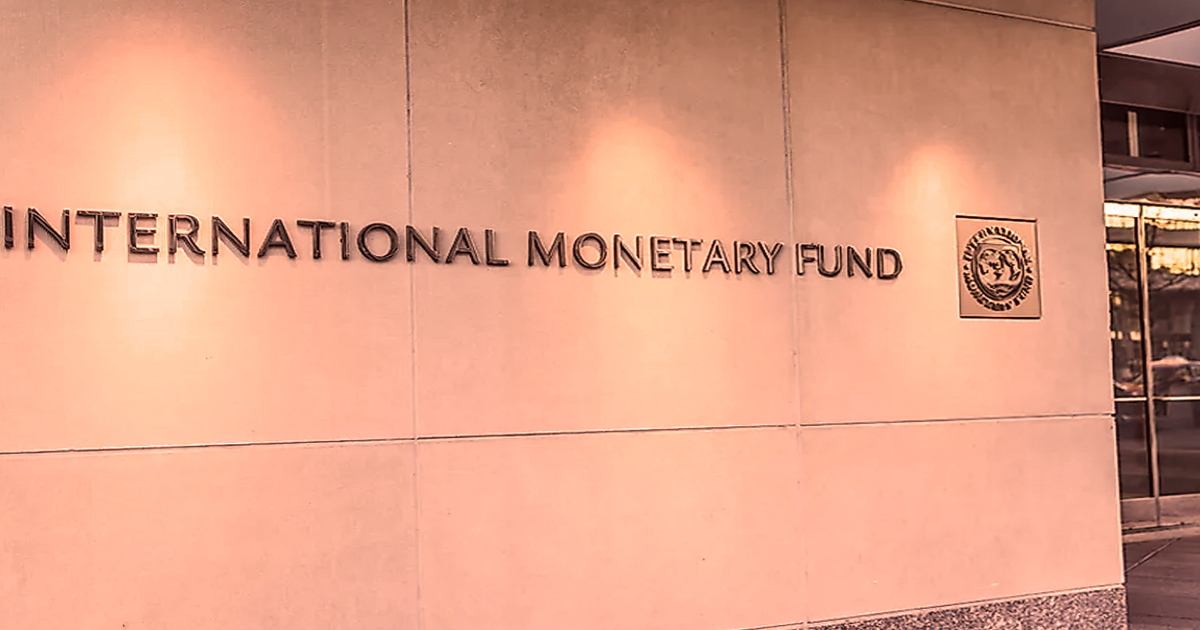
How the International Monetary Fund (IMF) Shapes Global Economy
Pioneering a revolution in the world economy, the International Monetary Fund (IMF) stands as an enduring pillar of global economic growth and stability. Through its ambitious agenda of promoting international trade and combating poverty, the IMF is shaping economic narratives worldwide. This comprehensive guide dives into the core mission, history, and operations of the IMF, shedding light on the unique mechanisms it uses to influence global economic trends.
As a significant contributor to global economic stability, the IMF holds a vital role in the world's financial systems. Its vision extends beyond immediate financial crises and envisions a world where economic stability is the norm, not the exception. By executing their mission with precision, the IMF's actions extend deep into the roots of the global economy, providing the framework for the world's countries to progress economically.
Important: The IMF operates as a voluntary and cooperative institution that works toward benefiting its member nations.
Untangling the Framework of the International Monetary Fund
Perched in the hub of global politics, Washington D.C, the International Monetary Fund represents a consortium of 190 nations, each contributing their unique financial prowess to the organization. The framework of the IMF is built upon the economic influence of its members, which is reflected in their respective voting rights. With voting power directly proportional to each member's quota, the IMF showcases a diverse mix of global economies navigating towards common financial goals.
The cornerstone of the IMF's commitment lies in fostering international monetary collaboration, buttressing financial resilience, facilitating global trade, stimulating sustainable economic growth, and battling global poverty. In essence, the IMF serves as the central artery connecting various economies, catalyzing their mutual progress.
The IMF, through its institutional structure and policies, offers a distinct financial framework that operates on a global scale. With its ability to coordinate monetary policies across nations, the IMF serves as a stabilizer in global economics, encouraging cooperation and ensuring a level playing field for all its member nations.
Tip: Understanding the IMF's quota system is essential, as it determines a country's voting power and financial commitment.
Tracing the Evolution of the International Monetary Fund
The roots of the IMF can be traced back to the watershed Bretton Woods agreement of 1945, which marked the genesis of international financial cooperation. This historic agreement forged a path for a convertible currency system with fixed exchange rates, with the gold-standard dollar serving as its bedrock. During its inception, the IMF acted as a fulcrum enabling countries to gain membership to the International Bank for Reconstruction and Development (IBRD)—a precursor to the World Bank—charged with the colossal task of rebuilding post-World War II Europe.
With the dissolution of the Bretton Woods system in the 1970s, the IMF took on the mantle of advocating a system of floating exchange rates, allowing market forces to dictate currency values. This system remains the backbone of contemporary international financial transactions.
The evolution of the IMF over the years illustrates its adaptability to changing global economic scenarios. Its shift from the fixed exchange rate system of the Bretton Woods era to promoting floating exchange rates highlights the organization's flexibility and readiness to meet the world's evolving financial needs.
Interesting Fact: The IMF had 44 founding member countries in 1945, a number that has now grown to 190.
Decoding the Operations of the International Monetary Fund
The IMF embarks on its multifaceted mission through a tri-pronged approach involving vigilant monitoring, capacity building, and strategic lending.
Important: The IMF's capacity-building programs are crucial in enhancing the financial competencies of member countries.
Monitoring:
In its surveillance role, the IMF amasses a trove of data concerning national economies, international trade, and the global economy at large. This data-driven approach underpins the IMF's economic predictions and aids in comprehensive understanding of fiscal, monetary, and trade policie's impacts on growth trajectories and financial security.
Capacity Building:
In an attempt to amplify the financial competence of its members, the IMF offers an extensive suite of capacity-building programs. These programs revolve around training in data collation and analysis, equipping member countries with the tools necessary to optimize their economies and contribute meaningfully to the global economic landscape.
Lending:
Possibly one of its most crucial roles, the IMF extends loans to countries grappling with economic turmoil to avert or alleviate financial crises. The lending pool is primarily populated by member contributions, hinging on the quota system. It's important to note that these loans, often known as structural adjustment programs, come with certain conditions aimed at increasing recipient's growth potential and financial stability.
The IMF's operation centers around ensuring economic growth and financial stability among its member nations. Through vigilant monitoring, capacity building, and lending, the IMF supports nations in economic distress, helping them navigate their way back to economic stability and growth.
Tip: The IMF's data and economic forecasts serve as useful resources for policymakers and economists worldwide.
Understanding the IMF's Funding and Its Comparisons
The financial backbone of the IMF is primarily constituted by quotas and subscriptions from member nations, a system in which economic giants like the U.S. lead the pack. Additionally, the IMF also disburses grants to charities in Washington D.C. and member nations, fostering economic autonomy through education and economic growth initiatives.
Although the IMF and World Bank often get mistaken for one another, their focus areas differ considerably. While the IMF centers on global monetary stability and currency monitoring, the World Bank directs its efforts towards poverty alleviation and the bolstering of low- to middle-income economies.
While both the IMF and the World Bank aim for global financial stability and growth, they employ different strategies to achieve these goals. The distinct yet complementary roles of these two institutions contribute significantly to achieving global financial balance.
Interesting Fact: The World Bank focuses more on long-term economic solutions and poverty reduction, whereas the IMF primarily handles short-term financial crises.
By actively reducing poverty, propelling trade, and reinforcing financial stability and economic growth, the IMF is undeniably a significant force in the global economic landscape. Even though the organization continues to face critiques regarding its structural adjustment programs, its commitment to financial security and growth makes it an integral piece in the complex puzzle of global economy.
As we navigate the intricacies of the global economy, the role of the International Monetary Fund proves indispensable. It strives to create a balance in the world economy, assisting countries in economic distress while also working towards long-term economic stability. As such, the IMF's contributions to the global economy are undeniable.
- Share this article





